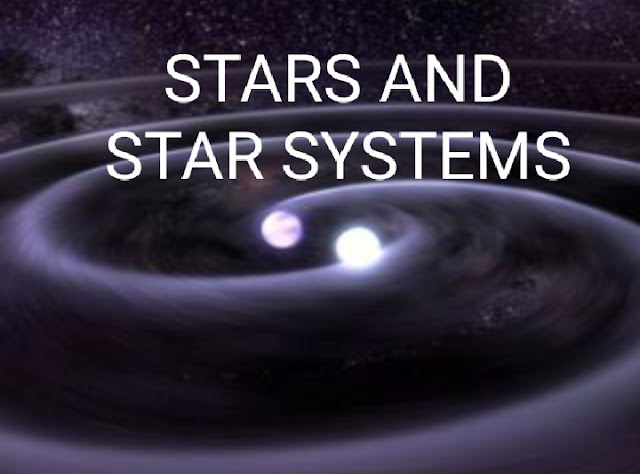UNHEARD SCIENCE AND FACTS- PART 2

Hello guys, today we are going to learn some unheard and amazing facts related to Universe. 1. A DONUT SHAPED PLANET! Can a planet be existed in a shape of a Donut? Yes, according to scientists it is possible that a planet can be exist with a shape of a Donut. this shape of a Donut is called Torus and the planetary objects like this is known as Synestia. Objects of this type can be formed when two rocky objects with a great speed collide and due to it the if Centrifugal force exist between them, Synestia can form. According to the "Giant Impact Hypothesis" which explains the formation of Earth and Moon also states that at a point of time our Earth was probably a Donut shaped planet. 2. THE DIAMOND PLANET!! Let me take you just 40 light years away from Earth in the Cancer Constellation. Its planet 55 Cancri e, which is 2 times of the Earth in size and has a mass 8.63 times than that of Earth. It is also known as the Diamond Planet" because of the quantity of diamond it





